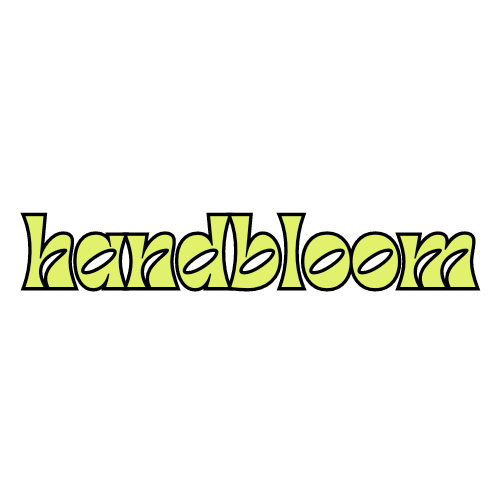Assam's Cane and Bamboo
Assam is blessed with rich slyvan resources. Cane and bamboo, since olden times being an indispensable part of people lives and livelihoods. Like most regional craft, a balance of economy, ecology and environment has been achieved in this case too. What makes cane so special apart from the fact that it is available in abundance in the said region are qualities like strength and bendability. The raw materials are moulded,, bended and are turned into every day commodities ranging from furniture to baskets, shoe racks, storages etc. The exact time of origin of this craft is unclear, but what is clear as crystal is that this ancient craft technique has stood the test of time. In Assam, cane and bamboo products are intertwined with the lives of people. From the symbolic Jaapi, to cane sofa sets to baskets for grain storage, cane is everywhere.

Nagaland Jewelry
In Nagaland's culture, jewelry is about representation, tribal orientation and social status. One look at the wearer of the ornaments and you would know which tribe they belong to. The generational old jewelry wearing practice is at the core of Nagaland's culture. Since the olden times these have been immensely imperative, integrating elements of nature and wildlife. Since then these necklaces, headgear, ear accessories are skillfully crafted staying true to the tribal depiction. Materials used ranged from beads , brass, glass, feathers, bronze, ivory, shells, claws, precious stone, bone, horns etc.
Like many other mountain dwelling culture, the people of Nagaland respect the nature. They have sustainability so beautifully intertwined in their lives, much before it became the buzz word in pop culture. Giving back to the nature, surviving and thriving with the resources at hand, a blend of modern ways and ancient wisdom is what Nagaland of today is about.
Bihar 's Sikki Grass
The sikki grass articles made by the women of north Bihar are entirely different from anything else you see anywhere.
Besides being a regularly occurring theme in their daily lives these products are considered auspicious in the culture. Linking these products to ceremonies, rituals and an important part of a bride’s trousseau.
Being seasonal the cut pieces are stored for use throughout the year. As it is intimately connected with important ceremonies and rituals, it has evidently come down from very ancient times.
The coiling technique, a common feature in cane moulding is also used in sikki.
The common long grass is coiled and stitched together with the sikki, dyed in several different shades, using a thick needle called rakwa. Especially in constructing the sculpturesque forms the whole build-up is made from the coils. These forms are completely folk and in a style all their own. There are human figures, animals and birds. Each is a unique piece, naive yet highly expressive and most decorative. Tassels are used for extra embellishment and brilliantly hued wings of the beetle or coloured buttons to emphasise eyes and cars. All sorts of functional items such as boxes for keeping clothes, spices, toilet artic dry foods are all wrought out of sikki in a multitude of shar in dazzling colours.
Shantiniketan's Vegetable Tanned Leather
Made in India. Made from E.I. tanned goatskin / sheepskin. The Art form of handcrafted leather articles comes out of the beautiful region of West Bengal. The material used is vegetable tanned leather with art work done by touch dyeing.
The vegetable tanned skins used in production have the quality of permanently retaining the embossed imprint of motifs or batiks.


